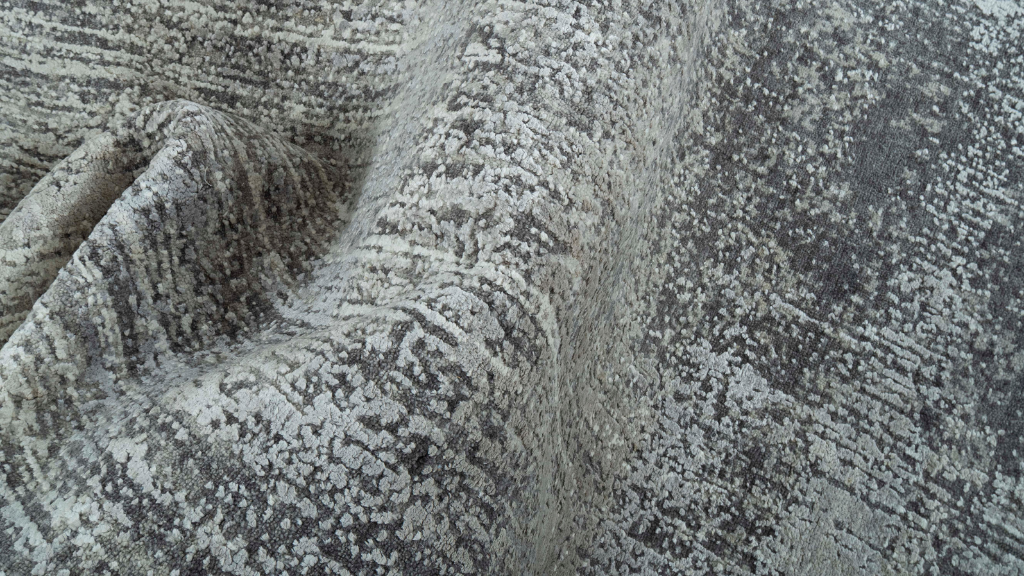The area rug market is a dynamic segment within the home decor industry, reflecting a blend of aesthetic preferences, technological advancements, and economic factors. As we approach 2024, a strategic assessment of the area rug consumption market share reveals insightful trends and forecasts that can guide stakeholders in making informed decisions.
Market Overview
In 2024, the global area rug market is estimated to reach a value of USD 12.6 billion, with a projected growth to USD 20.8 billion by 2034, at a moderate compound annual growth rate (CAGR) of 5.1% This growth trajectory is influenced by several key factors, including consumer preferences, technological innovations, and sustainability trends.
Consumer Trends
The modern consumer is increasingly drawn towards customization and luxury products. There is a growing demand for area rugs that not only complement the interior design but also reflect personal style and values. This trend is steering the market towards a variety of customizable products, allowing consumers to tailor their choices to their specific tastes and requirements.
Technological Advancements
Technological evolution is significantly impacting the area rug market. Smart technology integration offers additional features such as temperature control and health monitoring, which are becoming increasingly popular among consumers. The combination of traditional rug designs with Internet of Things (IoT) technology is expected to enhance the consumer experience and drive market growth.
Sustainability
Sustainability is another driving force in the area rug market. Consumers are becoming more environmentally conscious, leading to a higher demand for eco-friendly products. Manufacturers are responding by producing sustainable goods, including rugs made from recycled materials or natural fibres like wool, jute, or bamboo.
Market Segmentation
The area rug market is segmented by type, with the nylon segment holding a significant share of 42% in 2024 This dominance is attributed to nylon’s durability, versatility, and affordability, making it a popular choice for both residential and commercial settings.
Geographical Insights
Geographically, the market is witnessing growth across various regions, with North America and Europe being prominent markets due to their high disposable income levels and preference for home aesthetics. The Asia-Pacific region is also showing substantial growth, driven by economic development and an increasing interest in home decor.
Competitive Landscape
The competitive landscape of the area rug market is characterized by the presence of both established players and new entrants. Companies are investing in research and development to innovate and embed more features into traditional rugs. The e-commerce sector’s growth is also fueling the supply chain, making area rugs more accessible to a broader consumer base.
Challenges and Opportunities
One of the challenges facing the area rug market is the fluctuating raw material prices, which can impact production costs and profit margins. However, this also presents an opportunity for manufacturers to explore alternative materials and production methods that can reduce costs and appeal to cost-conscious consumers.
Future Outlook
Looking ahead, the area rug market is poised for steady growth, with technological evolution and consumer inclination towards customization playing pivotal roles. The rise in disposable income levels will likely increase purchasing capacity, further enlarging the market size.

Conclusion
The strategic assessment of the area rug consumption market share for 2024 indicates a market ripe with opportunities for growth and innovation. Stakeholders who can capitalize on consumer trends, technological advancements, and sustainability will be well-positioned to thrive in this evolving market landscape.


